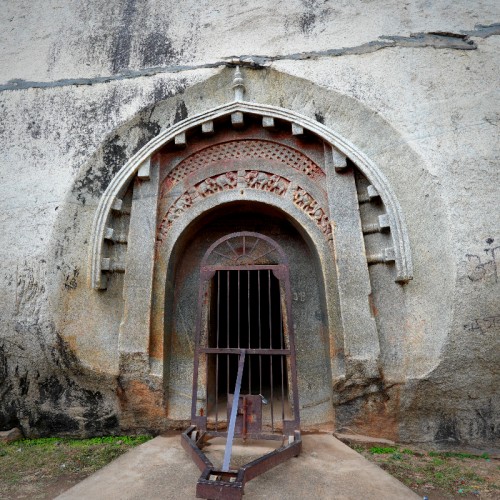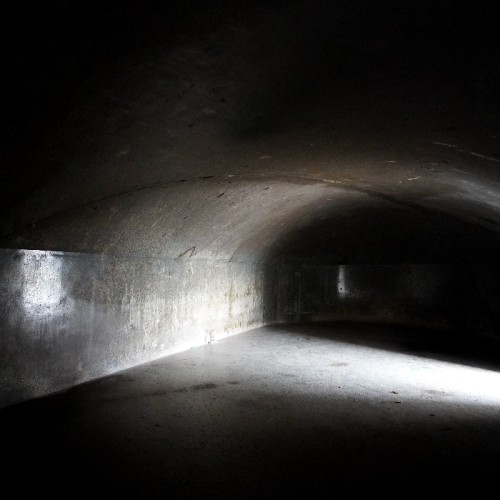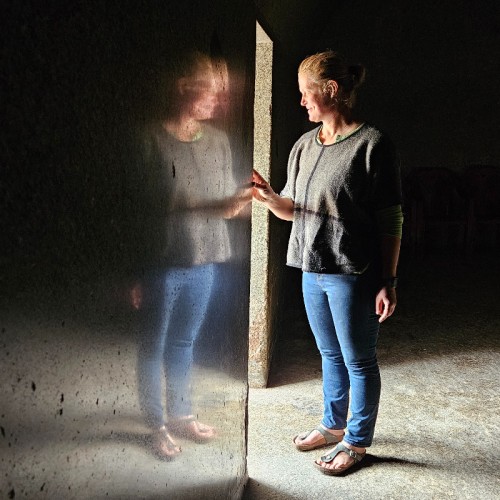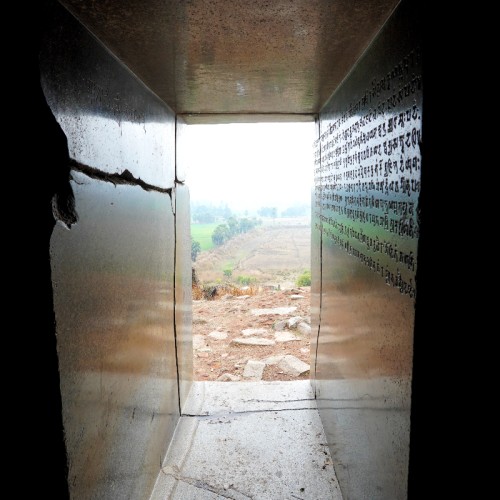
TH MYSTERY & MARVEL OF MAURYAN POLISH
Barbarbar Caves - Bihar - India
The Mauryan Polish achieved on the walls, floors and ceilings of the rock cut Barabar caves in India are an example of the ancient architectural wisdom of generations past now lost to modern architecture. Even with all of our supposed technological advancement experts are left wondering how this high quality, mirror like polish was achieved.
Believed to be built by Ashoka during his 12th to 19th years of rein in the 3rd Century BCE. These caves were created for the Ajivaikas, an ascetic group that is thought to have arisen contemporaneous with or split off from the Jains at the time of Mahavira and the Buddha.


Despite being the oldest rock cut caves in India they have been overshadowed by the much more elaborate and extensive rock cut caves of Ellora and Ajanta found in Maharashtra. However, what makes the Barabar caves exceptional can not be found at either of those.
These caves were hand carved into monolithic granite. Creating double chambered spaces with domed ceilings and either round, vaulted or capsule shaped rooms. The entire interiors walls finished in a fine mirror like polish. Referred to as Mauryan polish owing to it’s exclusive use during the Maurya empire.


Along with the aesthetic beauty of the polished interior exists the concurrent phenomena of exceptional sound quality that has to be experienced to be believed. Sounds reverberate from all surfaces creating a surround sound experience of a much higher quality than even the biggest modern brands can boast. Chanting when carried out within the caves leaves one feeling as though the sound does not emanate from within ones own body but rather from a universal source.
Various theories exist as to the origin of knowledge of the polishing technique. Some posit that perhaps Master Craftspersons from the Persian empire found patronage under the Maurya Kings after the invasion of Iskander (Alexander the Great) into Persia. Whilst others suggest that the knowledge may have existed in a much less refined form as far back as the Harappan civilisation, but achieved its greatest refinement under the Maurya empire.
Either way the technique of how to achieve it is not understood in either case. That knowledge died along with the last Craftsperson who worked on those walls. Some of the caves were never entirely completed. Perhaps remaining incomplete at the time of the fall of the Maurya empire. Post which patronage for such high quality and expensive handcrafted finishes fell out of favour.
An all too familiar scene that we see being repeated today. India still is home to many traditional Master Craftsmen and Women who carry with them knowledge handed down to them in an unbroken lineage from generations past. However the transmission of this knowledge to future generations is far from certain.
A preference for faster, cheaper alternatives to time honoured hand crafted finishes is the norm. A society that values fashion trends, economy and speed over quality and timelessness, is destined to lose the latter.
If you like us are an admirer of handcrafted, sustainable architecture and fine architectural finishes you should consider joining us for an architectural workshop or architectural study tour. We offer unique hands on experiences wherein you can learn all about sustainable architecture directly from traditional Master Craftsmen and Women.
SOURCES
Barabar Caves - Personal visit to site - Bihar India February 2024
Bihar Museum - Personal visit February 2024
Sarnath Museum Personal visit February 2024
Kumar, V. (2017) ‘Lion Motif in Mauryan Art: Indigenous or Foreign’, Heritage: Journal of Multidisciplinary Studies in Archaeology , 5, pp. 433–444. doi:http://www.heritageuniversityofkerala.com/JournalPDF/Volume5/28.pdf.